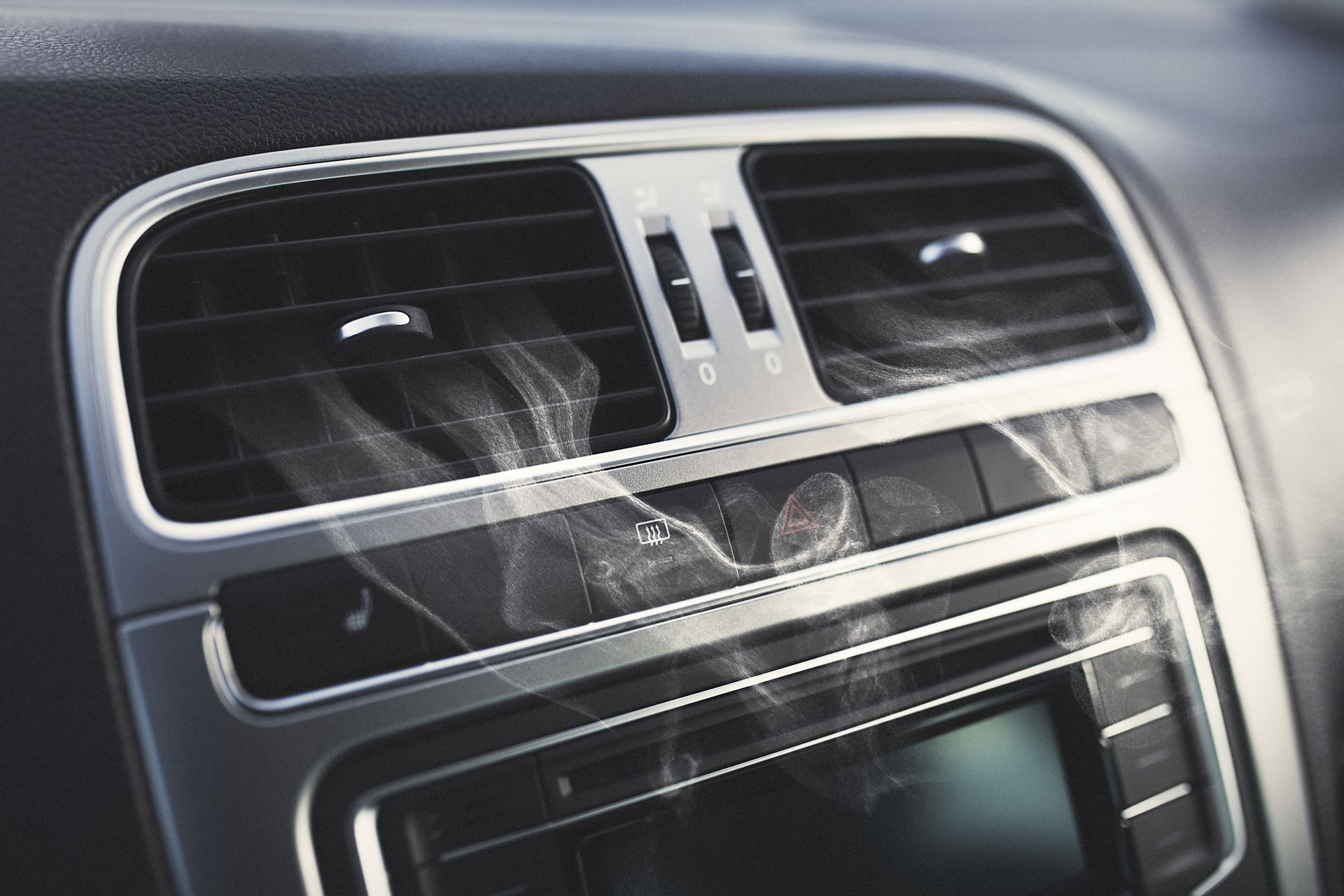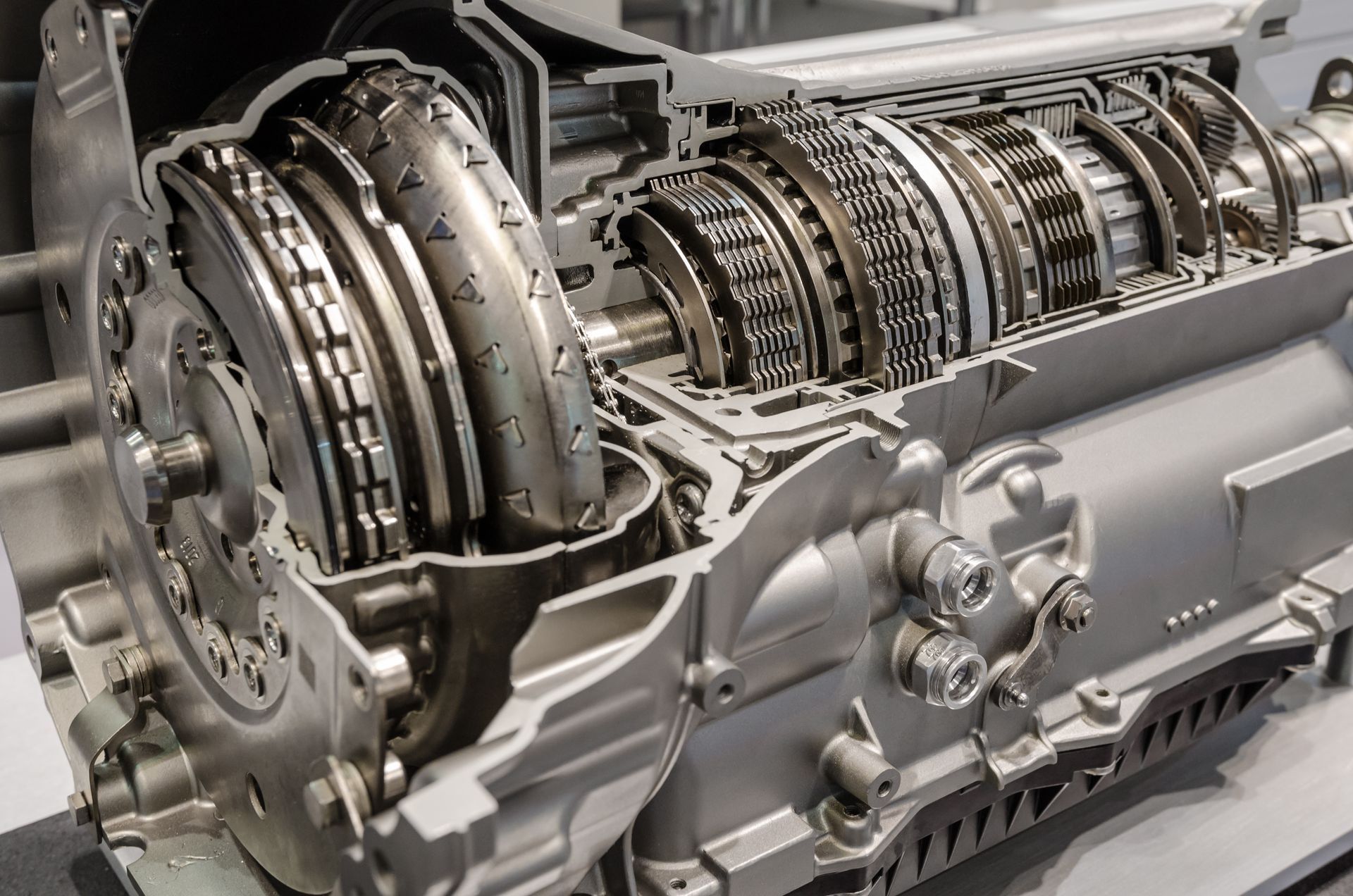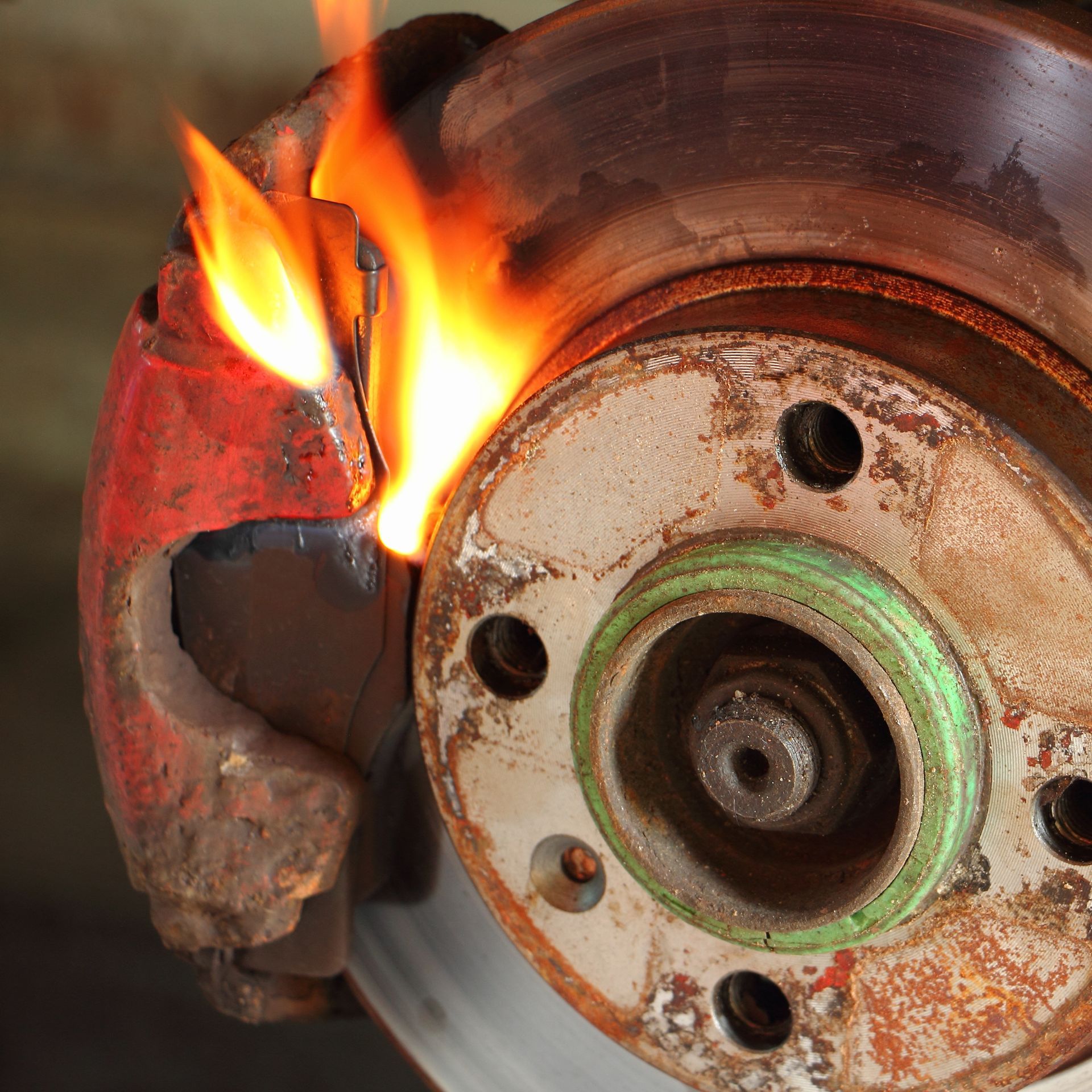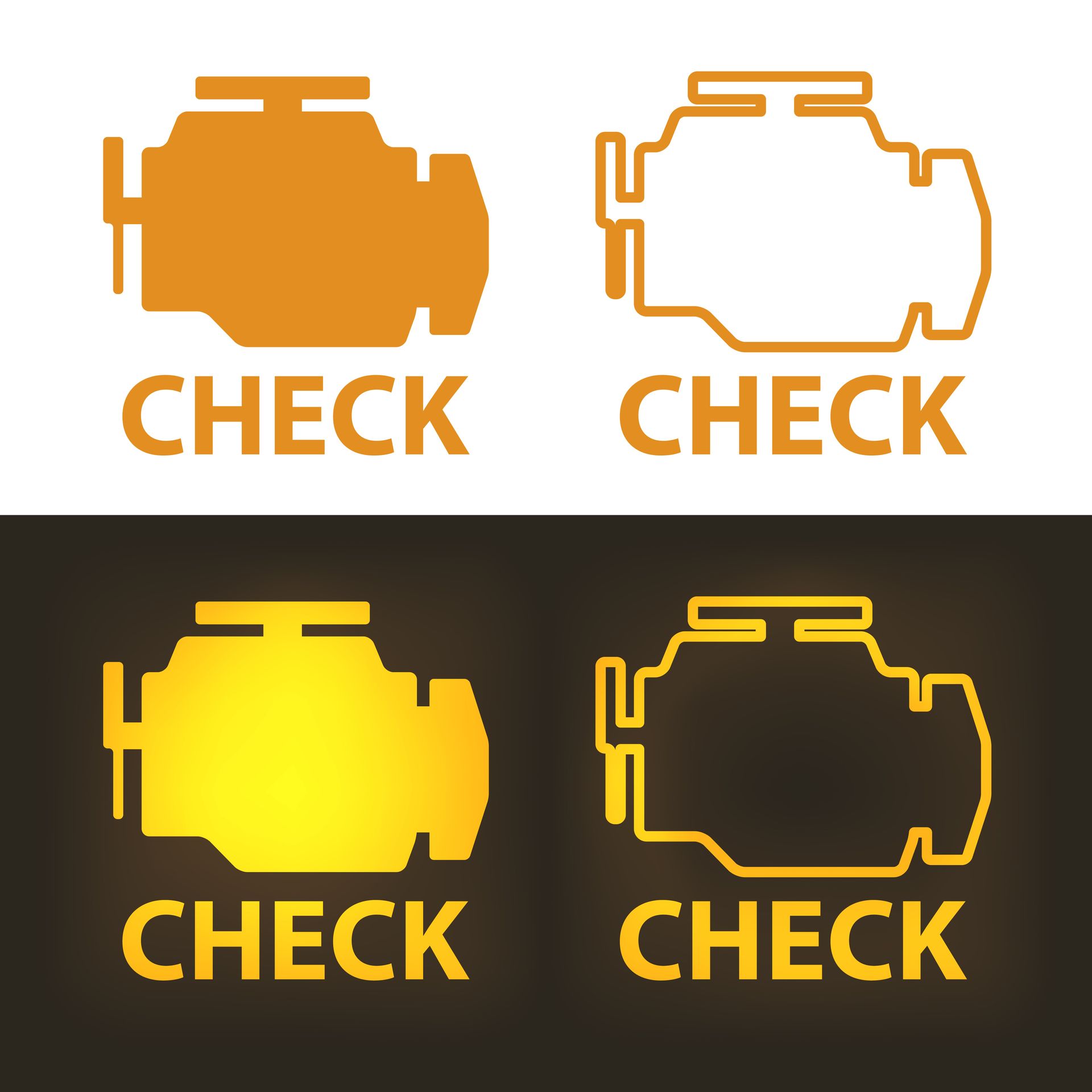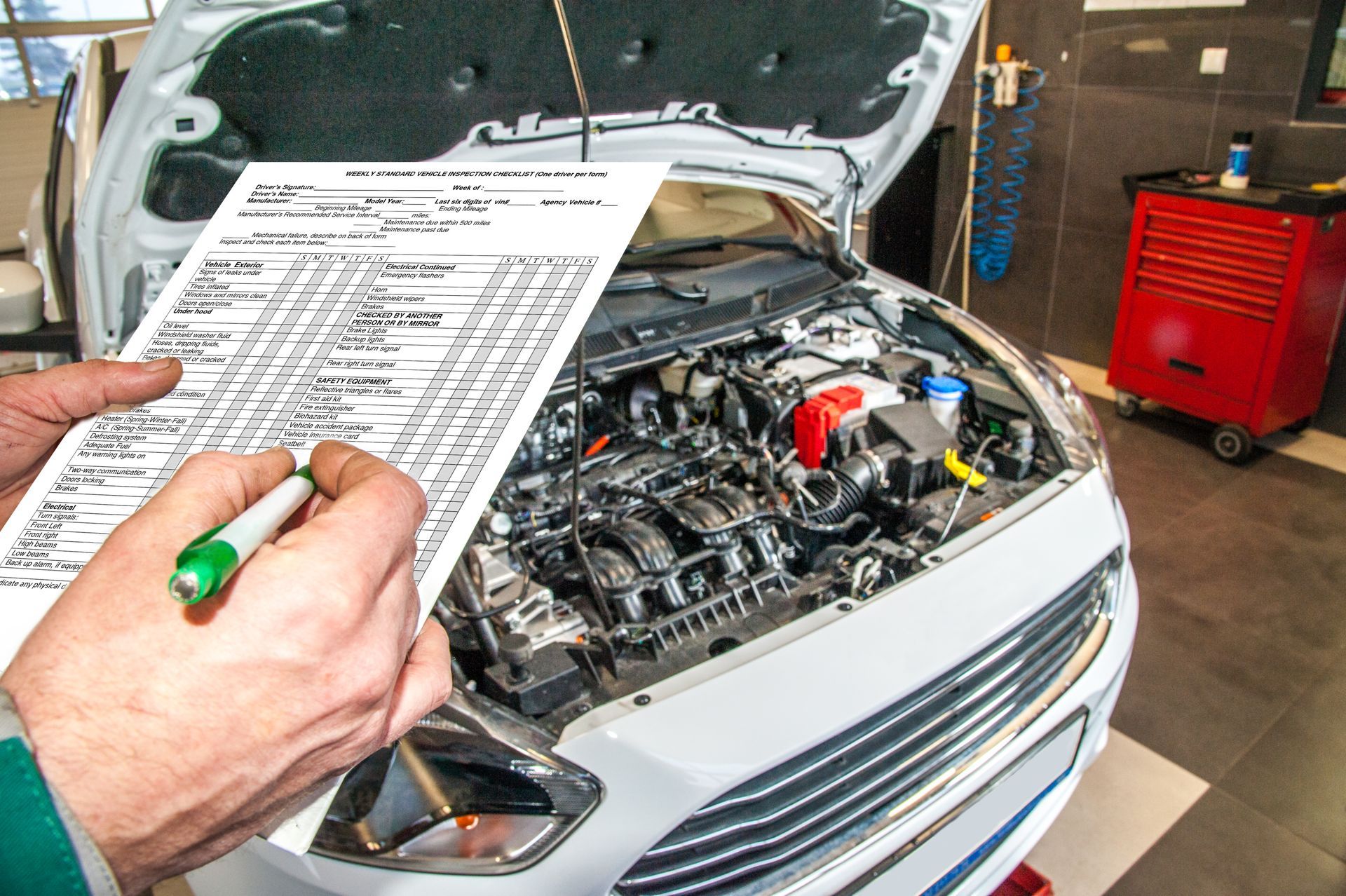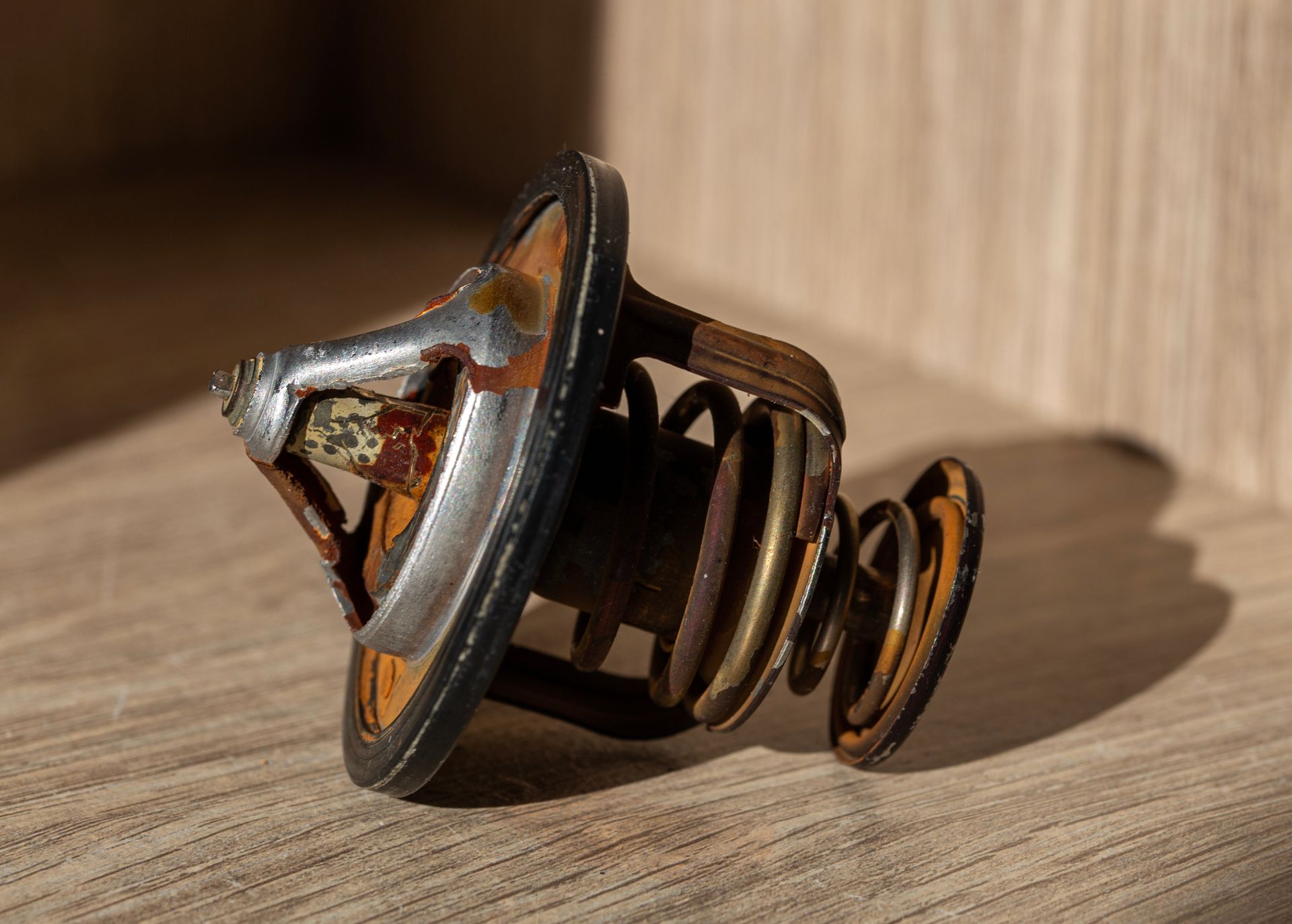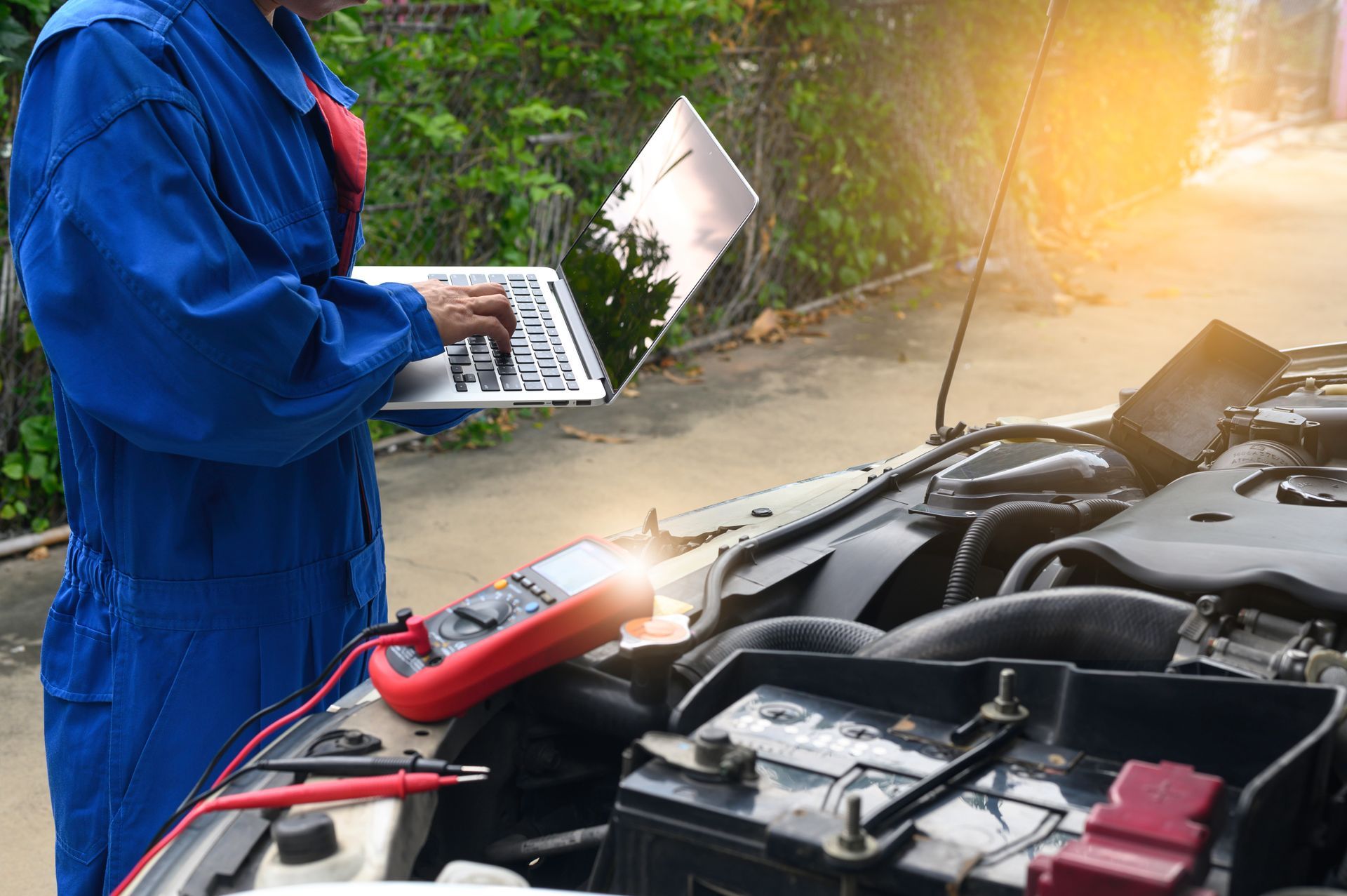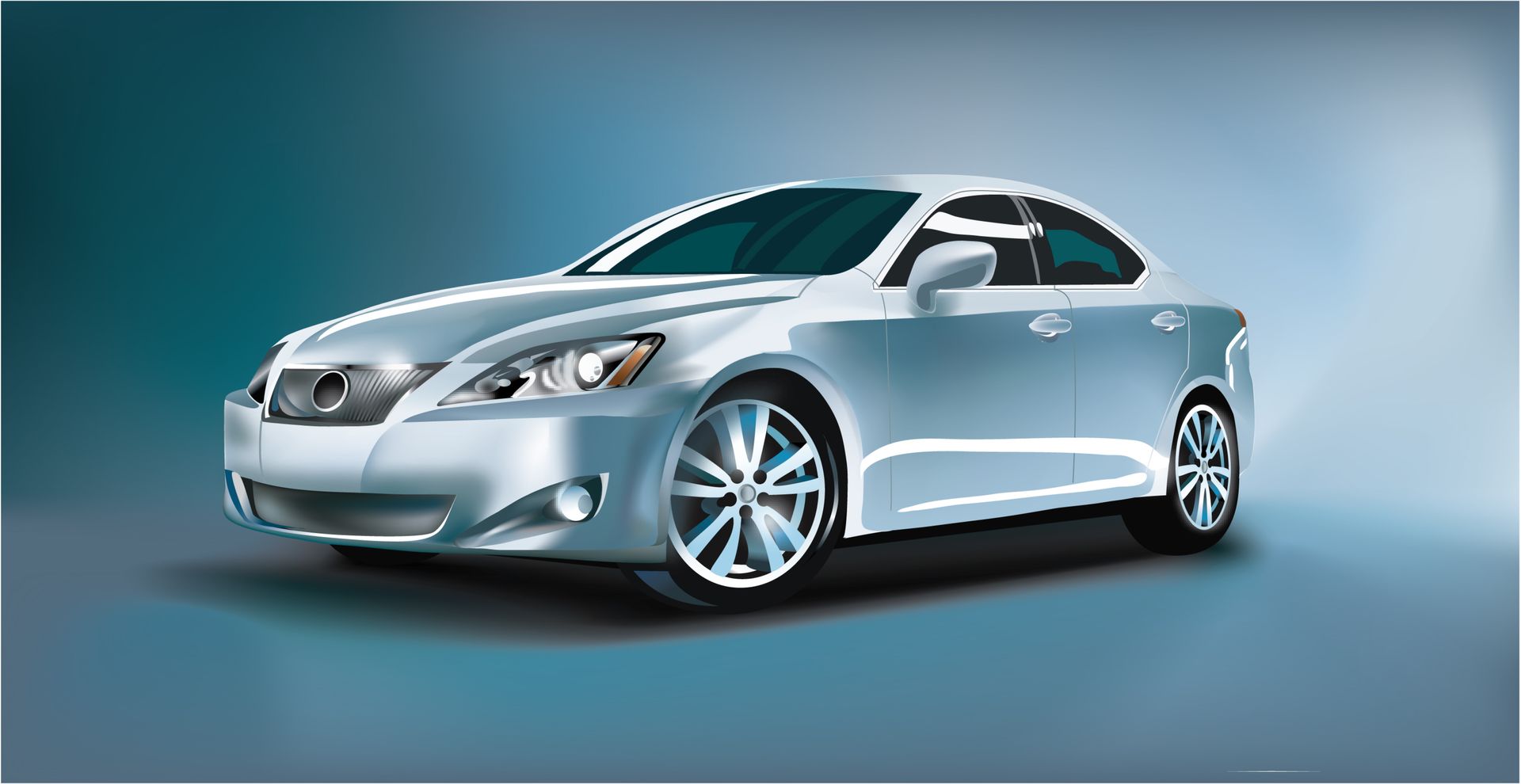Most drivers don’t think about their suspension system until something feels wrong. However, every bump, pothole, and sudden stop places stress on components such as shocks, struts, springs, and control arms. Your suspension doesn’t just keep the ride smooth. It keeps your wheels in contact with the road, ensuring safe handling and braking.
When parts start to wear or fail, you might feel it as a rough ride, hear odd noises, or notice poor steering response. Let’s explore some common causes of suspension damage and how to avoid them.
1. Potholes and Rough Roads
Potholes are one of the most frequent sources of suspension damage. When your car drops into a pothole, the sudden impact can bend wheels, crack springs, or blow out shocks and struts. Even small potholes hit repeatedly, can cause long-term damage to suspension components.
Driving slowly through rough areas and avoiding potholes whenever possible can protect your suspension. If you’ve recently hit a big one and notice the ride feels different, get your vehicle inspected.
2. Worn-Out Shocks and Struts
Shocks and struts are key to absorbing impacts and stabilizing your vehicle. Over time, they lose their ability to control motion, causing the car to bounce, dive during braking, or sway in turns. When they fail completely, they can lead to uneven tire wear and make your car difficult to handle in emergency situations.
Replacing shocks and struts as part of scheduled maintenance helps preserve your suspension system and improve overall ride quality.
3. Overloaded Vehicles
Hauling heavy cargo or towing beyond your car’s rated capacity puts strain on your suspension. Springs compress under weight, and excessive loads can wear out bushings, ball joints, and other parts more quickly than normal.
If you regularly carry heavy loads, consider having your suspension inspected more often. Adding components like helper springs or upgraded shocks can also help manage the extra stress.
4. Driving With Worn Tires or Alignment Issues
Tires that are unevenly worn or improperly inflated create instability in the suspension. They can also mask the early signs of suspension wear. Likewise, misaligned wheels cause components to work harder, leading to premature wear and poor handling.
Regular tire rotations, alignments, and inspections help ensure your suspension isn’t taking unnecessary punishment from below.
5. Ignoring Minor Suspension Symptoms
Small issues, like a faint clunk, a slight pull to one side, or an occasional bounce, might not seem urgent, but they often indicate early suspension wear. Over time, bushings crack, mounts loosen, and joints corrode, especially in coastal or high-humidity areas like Los Angeles.
Addressing these signs early can prevent a domino effect of related failures and higher repair costs down the road.
How to Know If Something’s Wrong With Your Suspension
Pay attention to how your car feels on the road. Signs of suspension trouble include:
- Excessive bouncing after hitting a bump
- Uneven tire wear
- A drifting or pulling sensation while driving
- Noises like knocking or squeaking when turning or going over bumps
- Difficulty controlling the car during braking or turns
If your vehicle shows any of these symptoms, it’s time to schedule a professional inspection.
Protect Your Ride With Help From One Stop Auto Care in Los Angeles, CA
Your suspension is crucial to a safe and smooth drive. If your car doesn’t handle like it used to or you're hearing strange noises over bumps, let our team take a closer look. We’ll check shocks, struts, springs, and everything in between to keep you riding safely and comfortably.
Call
One Stop Auto Care in Los Angeles, CA, today for a suspension inspection and restore confidence in every drive.

